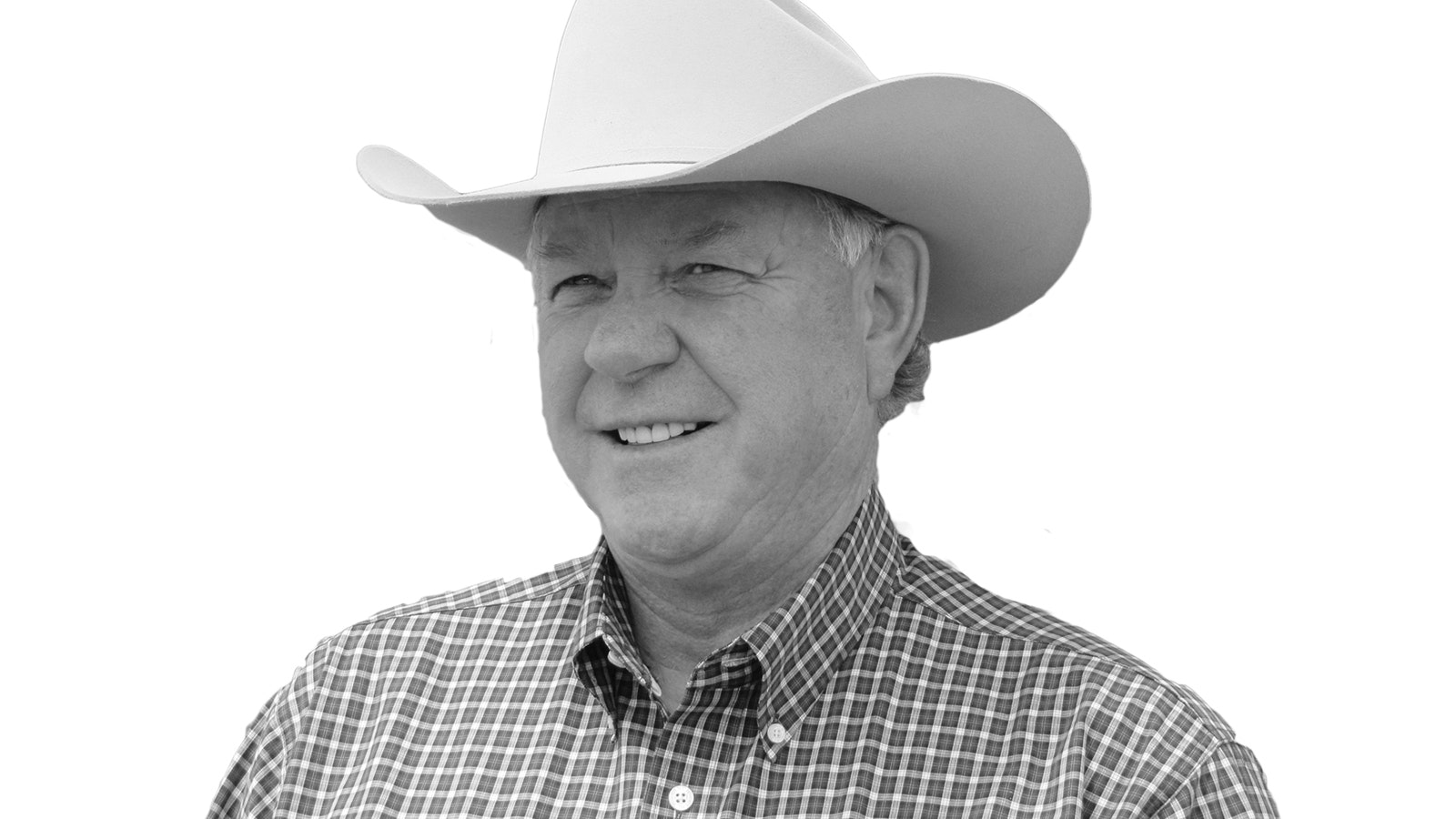Ever since land was owned in America, it has been traded, sold and bartered for. It’s just what we do with land. Others settled in and have kept their lands for generations. It is a freedom we have in America.
Except for during the Great Depression, the past years seem to have large numbers of ranches and farms for sale, due to a number of different reasons associated with any business.
The U.S. Department of Agriculture’s 2022 Census of Agriculture found there were 1.9 million farms and ranches in the U.S. This was down from 2017 and was the smallest number since 1950. The census showed over the last 25 years the number of farms and ranches has declined 14 percent.
A recent article from Drovers Magazine said, “Nowhere are the effects of consolidation more prevalent than the beef industry. Seventy-nine percent of producers own fewer than 50 beef cows and represent just 25 percent of the U.S. herd. Include all producers with fewer than 100 cows and the results are stunning – 89.5 percent of beef cow numbers represent just 33.5 percent of the nation’s herd, with an average herd size of 20 cows.”
In our region, it is a little hard to fathom having only 20 cows. I can’t see anyone making a living with only 20 head, so we know they may be hobby ranchers, have an outside job or have the cows to qualify for lesser ag tax on their land.
Drovers said, “This means 60.5 percent of America’s beef cows are in herds of 100 head or more – 58,115 ranches – with an average size of 195 cows. And, the 6,972 ranches with 500 head or more have 6.3 million cows, 22 percent of the total, and an average herd size of 905 head of cattle.
The 2022 census data showed the average herd size of all beef cow operations was 47 percent head, up from the 43.5 head average in 2017. The 2022 census breaks the number of producers into six groups according to size, with fewer than 500 cows. All six of these groups saw a decline in number of ranches.
The 2022 census showed the opposite was true in the three groups with more than 500 cows. With 5,408 ranches, the census found 870 more ranches reporting 500 to 999 cows, which was 16 percent more than in 2017.
The 1,000- to 2,499 cow category was at 1,358 ranches, an increase of 156 ranches or 11 percent. Ranches with 2,500 or more cows, the largest category reported, saw a four percent increase from 198 ranches in 2017 to 206 ranches in 2022.
The census found the two largest categories – the 1,000 to 2,499 head and the 2,500 head or more – have added 275,912 cows to their herds since 2017, a 10 percent increase.
This shows me, in our region, the number of ranches are decreasing and the number of cattle on these ranches are increasing.
As we realize with cattle at higher prices, because of lower numbers brought on by widespread drought and slaughter of heifers, cattle numbers are going to stay lower for the next year or so.
Dennis Sun is the publisher of the Wyoming Livestock Roundup, a weekly agriculture newspaper available in print and online.





